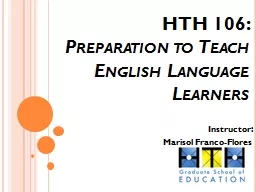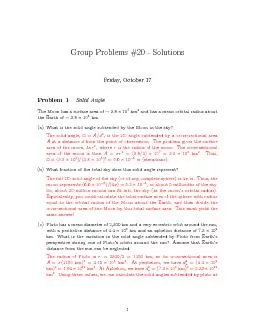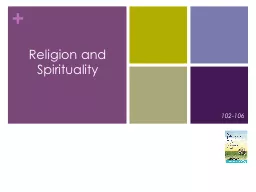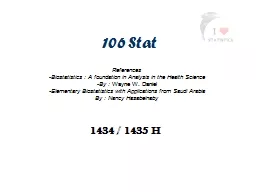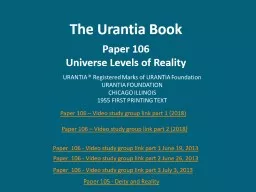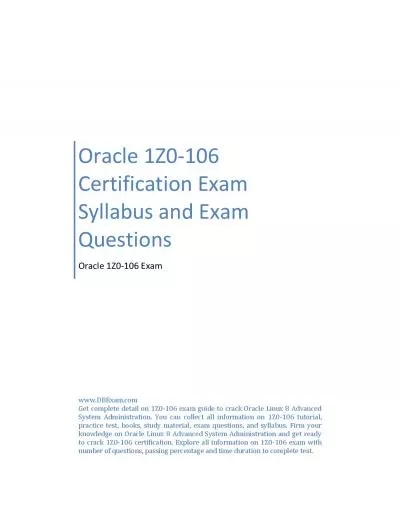PPT-HTH 106:
Author : sherrill-nordquist | Published Date : 2016-07-27
Preparation to Teach English Language Learners High Tech Instructor Marisol FrancoFlores Norms Start and end on time Listen actively Hard on the content soft
Presentation Embed Code
Download Presentation
Download Presentation The PPT/PDF document "HTH 106:" is the property of its rightful owner. Permission is granted to download and print the materials on this website for personal, non-commercial use only, and to display it on your personal computer provided you do not modify the materials and that you retain all copyright notices contained in the materials. By downloading content from our website, you accept the terms of this agreement.
HTH 106:: Transcript
Download Rules Of Document
"HTH 106:"The content belongs to its owner. You may download and print it for personal use, without modification, and keep all copyright notices. By downloading, you agree to these terms.
Related Documents

